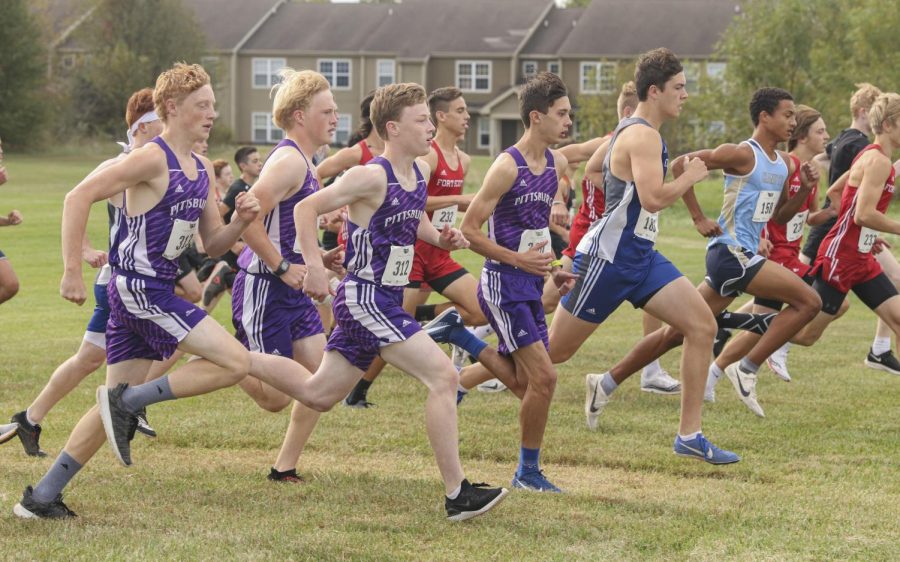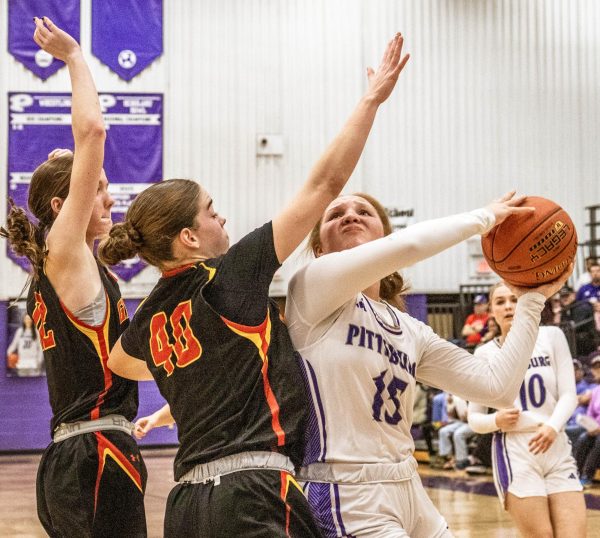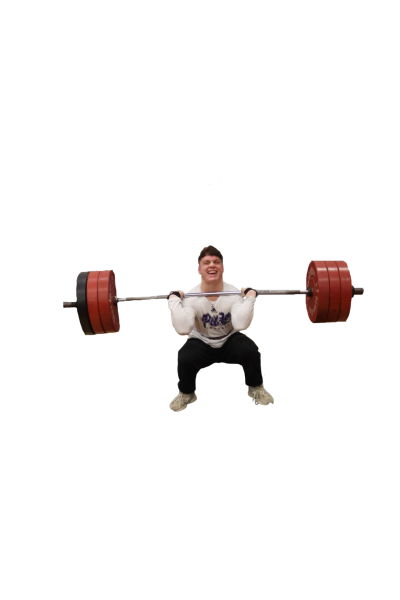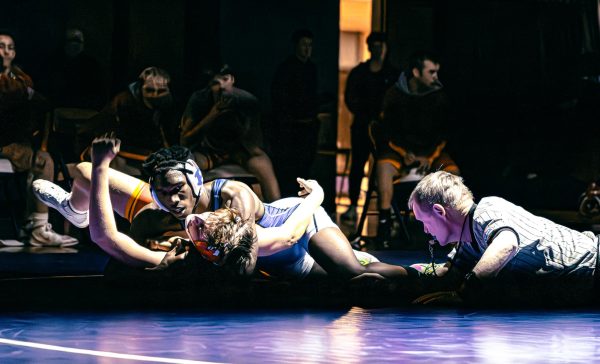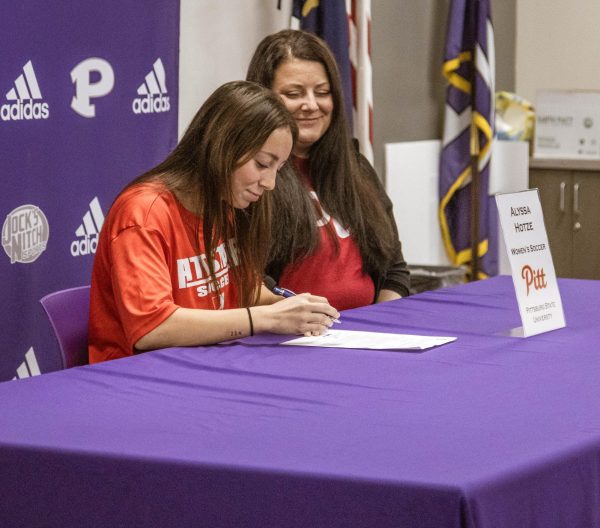In the spotlight
Photo by: Natalie Ruiz
As junior Emily McGown approaches the tennis court, her palms start to sweat and her heart begins to pound in her chest, causing her to freeze before getting into procession. Despite this, she serves the ball to her opponent.
Like McGown, there are a multitude of athletes at PHS that deal with morning and afternoon practices, games, competitions, along with school on top of it. These things can cause students to feel anxious, stressed, and overwhelmed.
“I have a lot of expectations from my coaches and when I’m alone on the court, it’s a lot more intimidating compared to having a whole team weighing on you,” McGown said. “It’s a very black and white situation because you’re either good enough or you’re not.”
According to Dr. Michelle Cleere, a sports psychologist in Oakland, California, 90% of athletes are affected by performance anxiety. Which is a feeling of anxiousness or stress before or during a sporting event that can be caused by the amount of pressure athletes are put under.
“At a young age, athletes are given high expectations, which causes them to put themselves into this cycle of perfectionism. Due to this, it not only pulls them out of their ability to play, but they also lose range and motion before competing.”
However, athletes aren’t the only ones affected by this. A majority of students face performance anxiety while taking a test, public speaking, or performing on stage.
“While I do deal with performance anxiety in dance and track, I also deal with it in the classroom and when I perform on stage,” sophomore Mallory Wombledorff said. “When that happens, my breathing will speed up, it gets really hot, and my heart races. But I’m able to pull myself together by remembering that that moment won’t last forever.”
Despite the pressure that comes from being involved in sports, a heavy workload can add levels of stress to student athletes.
“While we do expect our students to learn and participate as much as possible, there are studies that show students that are involved do better in school,” activities director Jeff Staley said. “Being involved is a learning process and our job as administration is to help our students learn to deal with the workload along with the stress.”
Luckily for the students that have vast amounts of pressure on their shoulders, there are several counselors and as of this year, a school psychologist that is there for all mental needs.
“The nice thing about Pittsburgh High School that is, unlike other schools I’ve been at, the resources are available for all students,” Staley said. “I think what we can do as an activities department is do a better job of making our athletes aware that those resources are available.”
Although there are several resources at PHS for athletes to go to, the stigma that surrounds athletic students and mental illness is the main reason as to why they don’t speak up.
“Anyone should be able to show how they feel and should be able to get help for it. The leading cause of death amongst teens and young adults is suicide,” junior Shamarrae Hardrick said. “As an athlete, there are times where I feel like I can’t be who I am or show that I need mental help because I would be perceived as weak.”
Your donation will support the student journalists of Pittsburg High School - KS. Your contribution will allow us to purchase equipment and cover our annual website hosting costs.
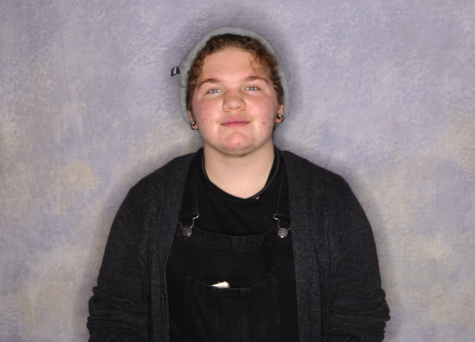
This is senior Lane Rozin Phifer's fourth year of being apart of the Pitt Media staff along with his second year of being Multimedia Editor. Lane is also...


